The Fascinating Glow of Bioluminescent Creatures
Imagine walking through a dark forest, surrounded by tiny glowing lights that seem to dance in the air. Or diving into the deep ocean, where glowing creatures light up the water like stars in the night sky. This is the magical world of bioluminescent creatures, where nature’s glow turns darkness into beauty.
What is Bioluminescence?
Bioluminescence is when living things produce their own light through a chemical reaction in their bodies. This glow isn’t just for show—it helps these creatures survive in many ways, such as:
- Attracting prey or mates: Light can draw in food or potential partners.
- Defending against predators: Bright flashes or glowing patterns confuse or scare off threats.
- Camouflage and hiding: Some creatures use light to blend into their surroundings.
- Finding their way: Light helps some species navigate through the dark.
Amazing Bioluminescent Creatures
The world is full of glowing wonders, from forests to oceans. Here are some of the most fascinating examples:
1. Hawaiian Bobtail Squid: This tiny squid glows to confuse predators and sneak up on prey. Its light can even mimic moonlight!
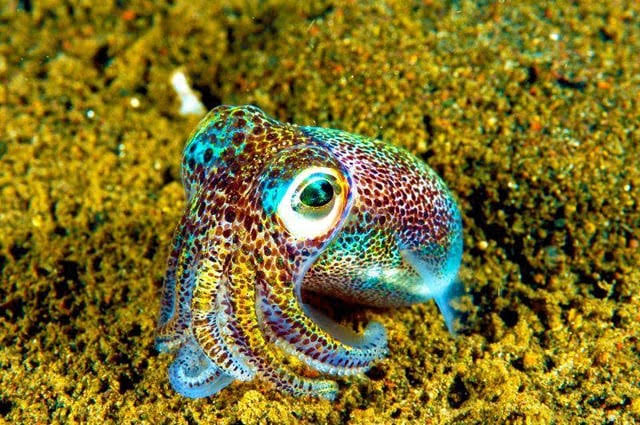
2. Fireflies: These glowing insects use their lights to attract mates and warn off rivals. Their soft, blinking lights make summer evenings magical.
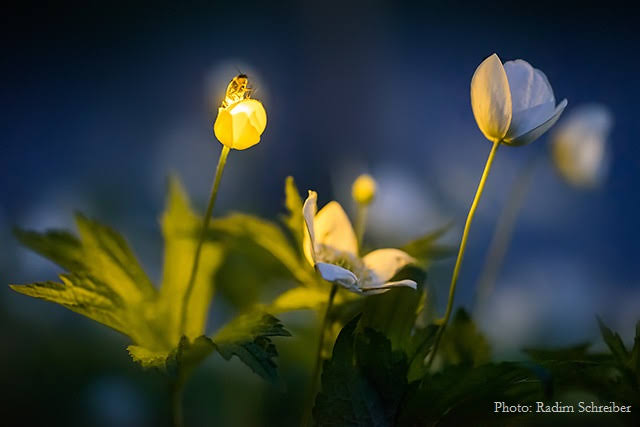
3. Glowworms: Found in New Zealand’s Waitomo Caves, glowworms create a starry ceiling with their soft, greenish light.
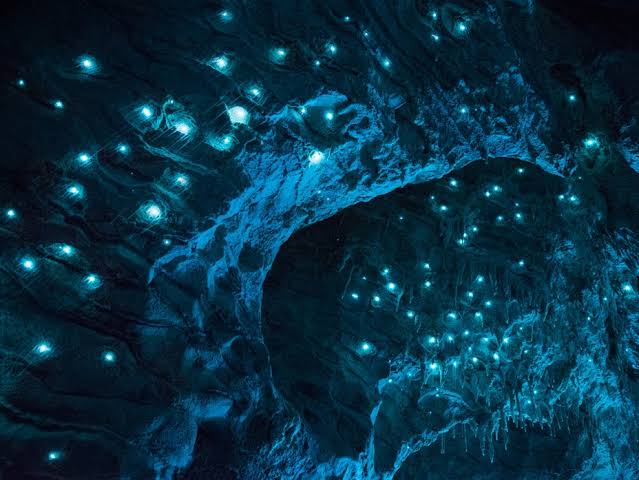
4. Bioluminescent Bays: In places like Puerto Rico’s Mosquito Bay and the Maldives, tiny glowing plankton light up the water when disturbed, creating a shimmering, magical effect.
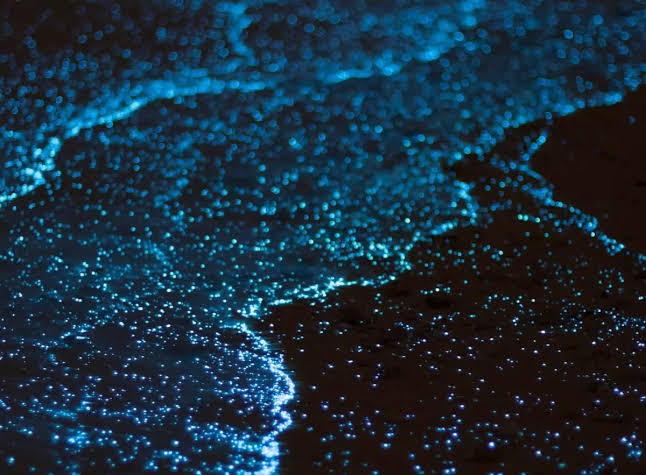
5. Anglerfish: Deep-sea predators like the anglerfish use a glowing lure on their heads to attract unsuspecting prey.
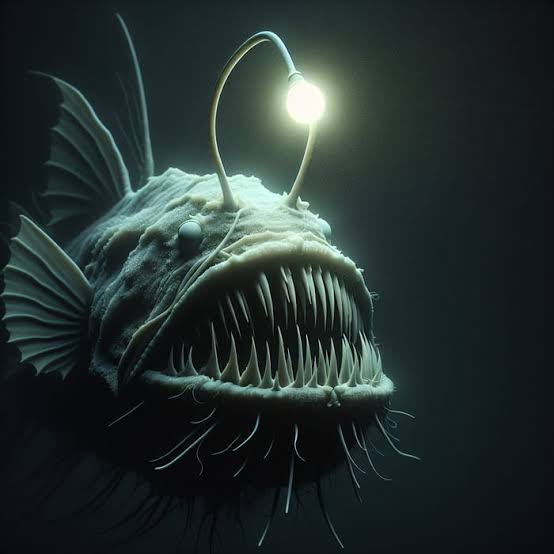
6. Jellyfish: Some jellyfish, like the pelagic species, emit a radiant glow that lights up the ocean depths.

7. Glowing Plankton: These tiny marine organisms, called dinoflagellates, create breathtaking displays when the waves move or the water is disturbed.
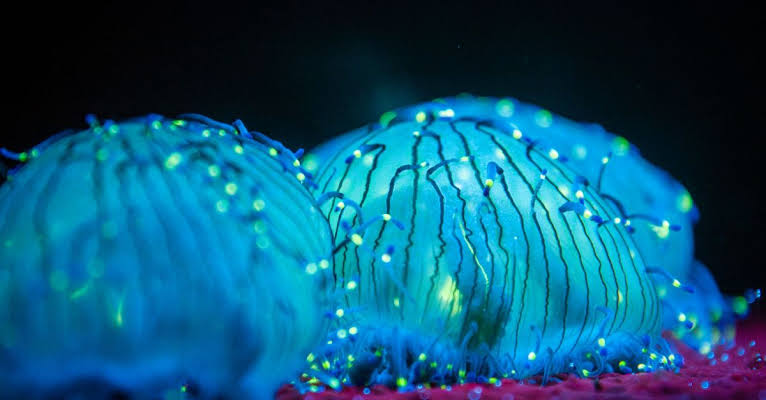
How Does Bioluminescence Work?
Bioluminescence happens through a chemical reaction inside the creature:
1. Luciferin: A special molecule reacts with oxygen to produce light.
2. Luciferase: An enzyme speeds up the reaction.
3. Cool Light: The light produced is very efficient, creating little to no heat.
This process varies among species, making the glow unique in color, brightness, and use.
Why Bioluminescence Matters
Bioluminescence isn’t just beautiful—it’s useful for humans too!
1. Medical Research: Scientists study glowing organisms to develop better medical imaging and treatments.
2. Sustainable Lighting: Bioluminescence could inspire energy-saving lighting systems in the future.
3. Environmental Monitoring: Glowing plankton can indicate changes in ocean health, such as pollution or temperature shifts.
The Need for Conservation
Bioluminescent creatures and their habitats face threats from pollution, habitat destruction, and climate change. For example:
• Plankton in glowing bays: These organisms are sensitive to water quality, and rising pollution levels can harm their delicate ecosystems.
• Glowworms and fireflies: Light pollution and habitat loss are reducing their numbers.
Protecting these species means preserving the magic of bioluminescence for future generations.
How You Can Help
• Visit bioluminescent spots responsibly, such as the Waitomo Caves or Mosquito Bay, and support eco-tourism efforts.
• Reduce light pollution by using shielded lights and turning off unnecessary outdoor lighting.
• Advocate for policies that protect marine and forest habitats.
Bioluminescent creatures remind us of the incredible creativity of nature. From deep oceans to quiet forests, their glow lights up the dark in ways that inspire wonder and curiosity. By learning about them and taking action to protect their habitats, we can ensure these glowing wonders continue to amaze us for years to come.